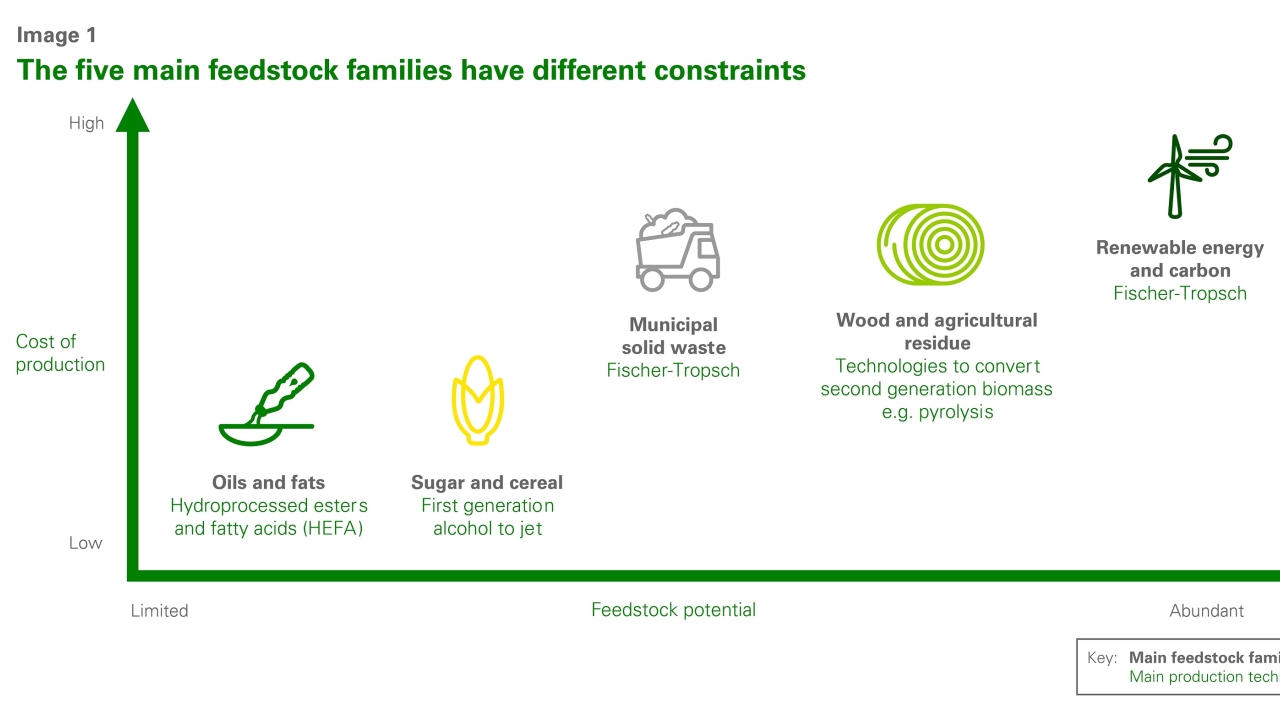As a passionate advocate for cutting-edge technologies and a self-professed aviation geek, I'm thrilled to kick off this blog post by diving into a topic that's soaring to new heights in the pursuit of environmentally conscious air travel. Picture this: innovative technologies taking center stage, and among them, Hydrodeoxygenation (HDO) emerges as a game-changer in the realm of Sustainable Aviation Fuel (SAF).
Unlocking Sustainable Aviation: The Role of Hydrodeoxygenation (HDO) in SAF Production
Embarking on the journey towards sustainable aviation, our quest for cutting-edge solutions brings us to the forefront of innovation. Amidst this technological landscape, Hydrodeoxygenation (HDO) emerges as a star player in crafting a sustainable future for air travel. This thermochemical wizardry isn't just a scientific marvel; it's a crucial catalyst in the creation of Sustainable Aviation Fuel (SAF). Imagine the alchemy: HDO deftly transforms oxygenated feedstocks, like humble vegetable oils, into hydrocarbon liquids that not only pass but exceed the stringent standards set for aviation fuel. Join me as we roll up our sleeves and delve into the fascinating intricacies of the HDO process, unraveling its significance in sculpting the future skyline of aviation. Ready for takeoff into a world where innovation meets sustainability? Let's soar together!
The HDO Process Unveiled:
Feedstock Pretreatment:
Before the enchantment of HDO unfolds, the journey starts with the careful preparation of feedstocks, such as vegetable oils. This isn't just a casual introduction; it's a meticulous prelude. In this preliminary stage, a symphony of processes, including degumming, bleaching, and acidification, takes center stage. Why, you ask? It's all about tailoring the feedstock, ensuring it's primed and ready for the optimal performance of Hydrodeoxygenation reactions that are about to take the spotlight. Think of it as the backstage hustle before the main act – a crucial overture to guarantee a seamless and magical performance by HDO in the sustainable aviation fuel production process. Let's pull back the curtain and explore the behind-the-scenes magic!
HDO Reaction:
The heart of the process lies in the HDO reaction.
The pretreated feedstocks are converted into SAF through a process called hydrodeoxygenation (HDO). The HDO removes oxygen from the feedstocks, leaving behind a hydrocarbon liquid that can be refined into SAF
The pretreated feedstock, mixed with hydrogen gas, encounters a catalyst within a reactor. This catalyst facilitates the removal of oxygen, resulting in the production of a hydrocarbon liquid. Operating at temperatures ranging from 250 to 450°C and pressures from 10 to 300 bar, the HDO reaction is a precise dance of conditions.
. .
Product Separation:
The outcome of the HDO reactor is a mixture separated into a gas phase (containing unreacted hydrogen and light gases) and a liquid phase (comprising the coveted hydrocarbon product). The gas phase undergoes recycling, while the liquid phase proceeds to the next level of refinement.
Product Refining:
The HDO product is then further refined to meet the strict quality standards for SAF. Refining processes can include distillation, solvent extraction, and catalytic cracking.
When refined through distillation, solvent extraction, and catalytic cracking, the hydrocarbon liquid undergoes a transformation to meet the exacting quality standards for SAF. Distillation separates components based on boiling points, solvent extraction eliminates impurities, and catalytic cracking breaks down large molecules into desirable ones.
Blending:
The final touch involves blending the refined SAF with traditional jet fuel. This blend, with SAF concentrations of up to 50%, becomes a potent fuel ready for commercial aircraft engines.
Feedstocks Paving the Way:
Vegetable Oils:
Examples: Soybean oil, rapeseed oil, palm oil.
Abundant, renewable, and high-yield feedstocks for SAF production via HDO.
Animal Fats:
Examples: Tallow, lard.
Similar in composition to vegetable oils, enabling efficient conversion through HDO.
Lignin:
Byproduct of the pulp and paper industry.
Complex polymer broken down through HDO, contributing to SAF production.
Waste Biomass:
Examples: Agricultural residues, municipal solid waste.
Potential feedstocks, though requiring extensive pretreatment due to higher impurity content.
HDO in Action: Case Studies of Feedstocks
Fatty Acids and Triglycerides:
Main components of vegetable oils and animal fats.
Efficiently transformed through HDO reactions, contributing to the versatility of the process.
Lignocellulosic Biomass:
Derived from sources like wood, agricultural residues, and municipal solid waste.
HDO unlocks the potential of lignocellulosic biomass for SAF production.
Catalysts: The Architects of HDO
Nickel-based Catalysts:
Known for high activity and selectivity for hydrocarbon production.
Cobalt-based Catalysts:
Applied particularly for the conversion of aromatic compounds into hydrocarbons.
Molybdenum-based Catalysts:
Used in combination with other metals to enhance catalyst stability and activity.
Benefits and Challenges: Striking a Balance
Benefits:
Oxygen Reduction:
HDO efficiently removes oxygen from feedstocks, leaving behind a hydrocarbon liquid ready for refining into SAF.
Fuel Quality Improvement:
Impurities are systematically removed, resulting in a stable and high-quality SAF.
Sustainable Fuel Production:
Leveraging renewable feedstocks, HDO contributes to sustainable aviation practices.
Challenges:
High Energy Consumption:
The process demands a considerable amount of energy.
Catalyst Deactivation:
Over time, catalysts may lose efficiency, requiring careful management.
Cost of Catalysts:
Catalysts, although effective, can be expensive, impacting the economic viability of the process.
Conclusion: A Promising Future for HDO in Aviation
As the aviation industry intensifies its commitment to sustainability, Hydrodeoxygenation emerges as a mature and promising technology. With high yields, low environmental impact, and the ability to utilize diverse feedstocks, HDO is poised to play a pivotal role in the production of Sustainable Aviation Fuel. Despite challenges, ongoing research aims to enhance efficiency, reduce costs, and propel HDO towards a central position in the future of aviation fuel production. The skies are indeed becoming greener, thanks to the transformative power of HDO.



)







